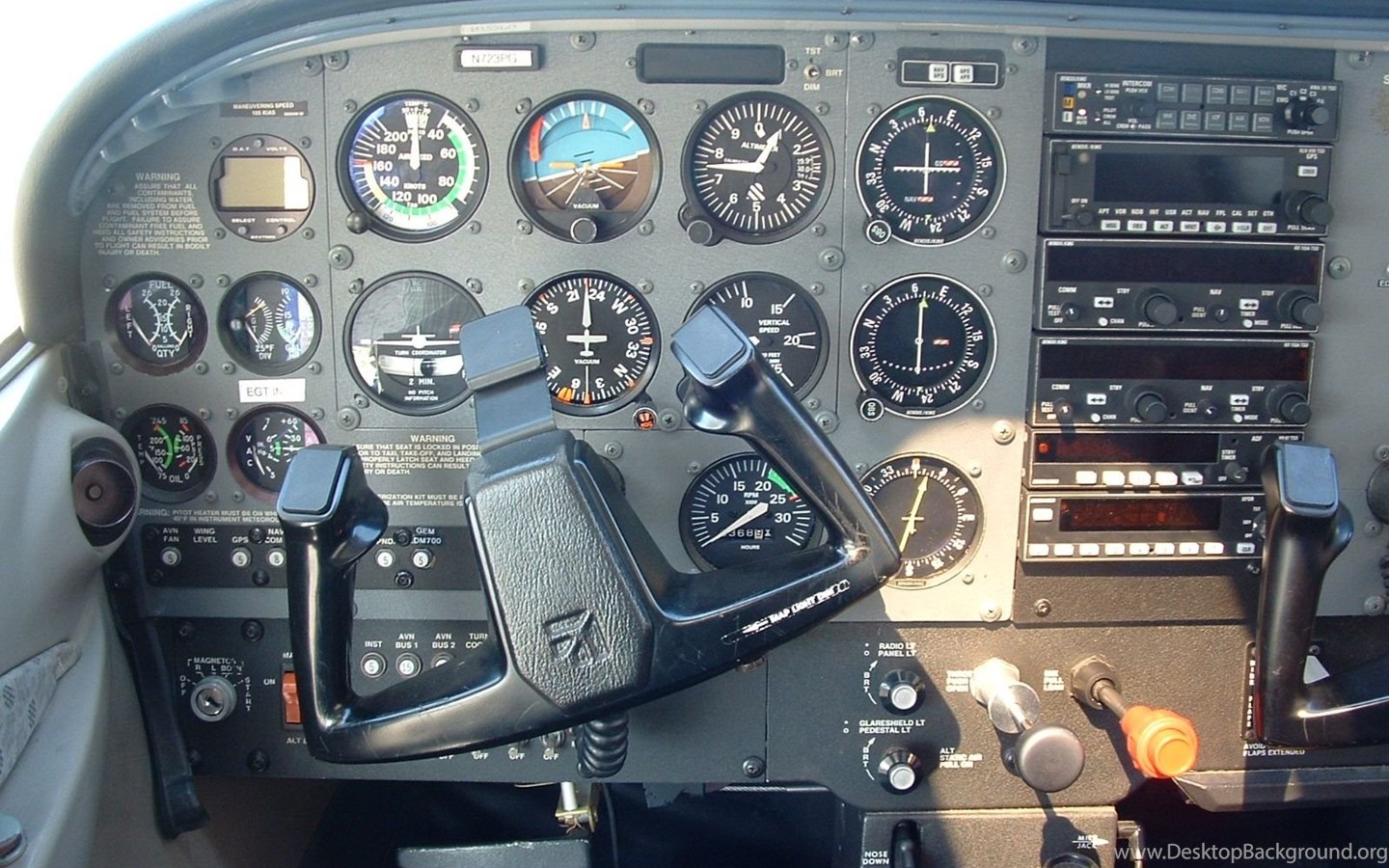

- #Cessna 172 cockpit plus
- #Cessna 172 cockpit series
- #Cessna 172 cockpit simulator
- #Cessna 172 cockpit windows
Will reduce rudder twitchiness and increase adverse yaw
Reduced rudder lift coefficient changed from 2.0 to 1.5. Glass cockpit: now arms the standby battery on custom departures. Pushback service was removed from the floats version. #Cessna 172 cockpit series
Added the IFR Navigation Flight Training series with 7 lessons in this aircraft. Added one Discovery Flight using this aircraft:. Corrected an issue that caused the VOR2 needle not to animate properly. Transition between LOD 4 and LOD 6 improved. #Cessna 172 cockpit windows
Icing windows transition with distance improved. Adjusted roll PID of the autopilot to better deal with turbulences. Reduced virtual dihedral from 5° to 1° to improve stall symmetry and reduce the dihedral countering the p-factor. New wing_virtualdihedral parameter allows to adjust the virtual dihedral. New CFD parameters added to cfg file for CFD tweaking and finetuning. Adjusted neutral rudder angle for compensation of P-Factor at cruise speed which increases the effects of P-Factor at climb. Adjusted engine orientation to adjust engine effects. Adjusted aircraft drag to adjust for engine and propeller changes and match POH speeds. Adjusted soft body simulation body rigidity to adjust aircraft responsiveness. Adjusted take off elevator trim to adjust auto rotation speed. Adjusted aircraft MOI to adjust engine and propeller effects. Reduced propeller MOI to adjust propeller rpm change speed. Max climb speed vertical speed adjusted. Max throttle propeller rpm on ground adjusted. Propeller windmilling stop and start airspeed adjusted. Added fuselage rigidity soft body simulation. Updated flight model to match real recorded data behavior. Added assymetric trim tab values to match real aircraft trim deflection. Corrected flaps section on the ski version. Adjusted engine wash on roll to have the left turn tendancy experienced in real flight. CFD simulation now used for this aircraft. The following liveries accompany the included Asobo model at no additional cost. The Cessna 172 Skyhawk ( G1000) (floats) is featured in the following activities. Flight Training - IFR Navigation series - 7 lessons. Landing Challenge - Strong Wind - Nanwalek. Landing Challenge - Famous - Suwanosejima. Landing Challenge - Famous - Llanada Grande. The Cessna 172 Skyhawk ( G1000) (wheels) is featured in the following activities. 
#Cessna 172 cockpit simulator
~ Microsoft Flight Simulator (2020) on its hangar descriptionĪndrew Baxley, et. With cutting edge technology and time-tested performance, the Cessna 172 Skyhawk doesn't just sit atop the aviation record books – it soars. Outfitted with Garmin's G1000 NXi avionics suite, this Skyhawk offers enhanced graphics displays and faster processing, as well as advanced weather, traffic and terrain awareness systems for a sophisticated glass cockpit experience.
#Cessna 172 cockpit plus
While the modern 172 Skyhawk introduces a steadfast 180-hp Lycoming engine, plus LED day/night lighting, the model keeps the line's tradition of rugged construction, intuitive controls, slow landing speed and great visibility – qualities that make the 172 one of the most forgiving planes in the world, and a wildly popular trainer. First flown in 1955, the Cessna 172 began as a tricycle landing gear variant of the taildragger Cessna 170, and has since become the single most produced airplane in history, tallying over 44,000 assembled to date.Īside from a hiatus in the 1980s-'90s, the 172 has been in production since 1956, with its four-seat, single-engine, fixed-wing design evolving into over 20 variants throughout the years – including the deluxe 'Skyhawk' model, debuted in 1960.






 0 kommentar(er)
0 kommentar(er)
